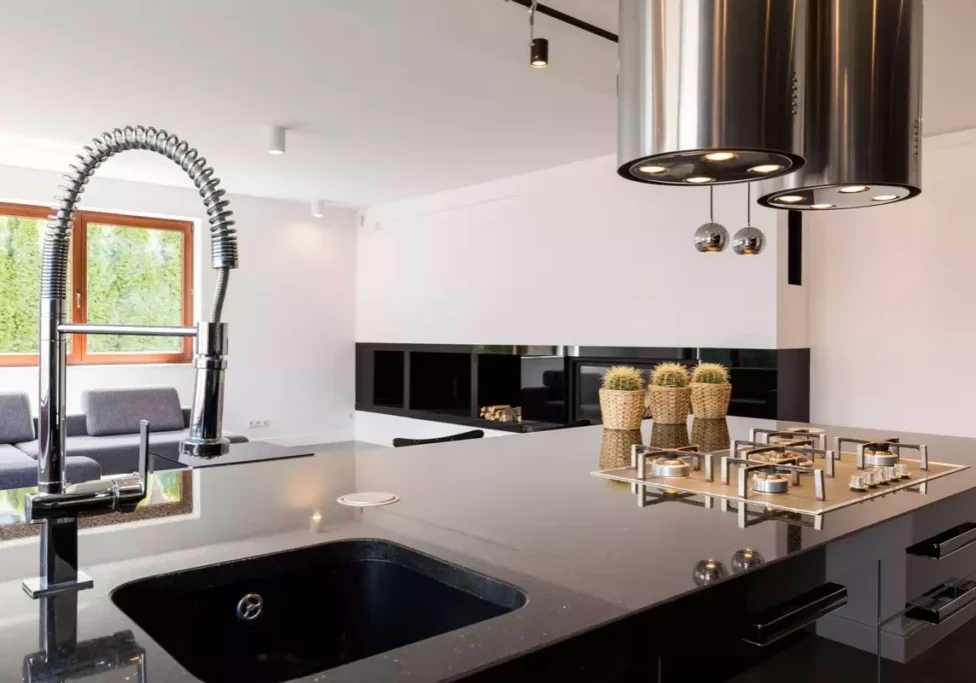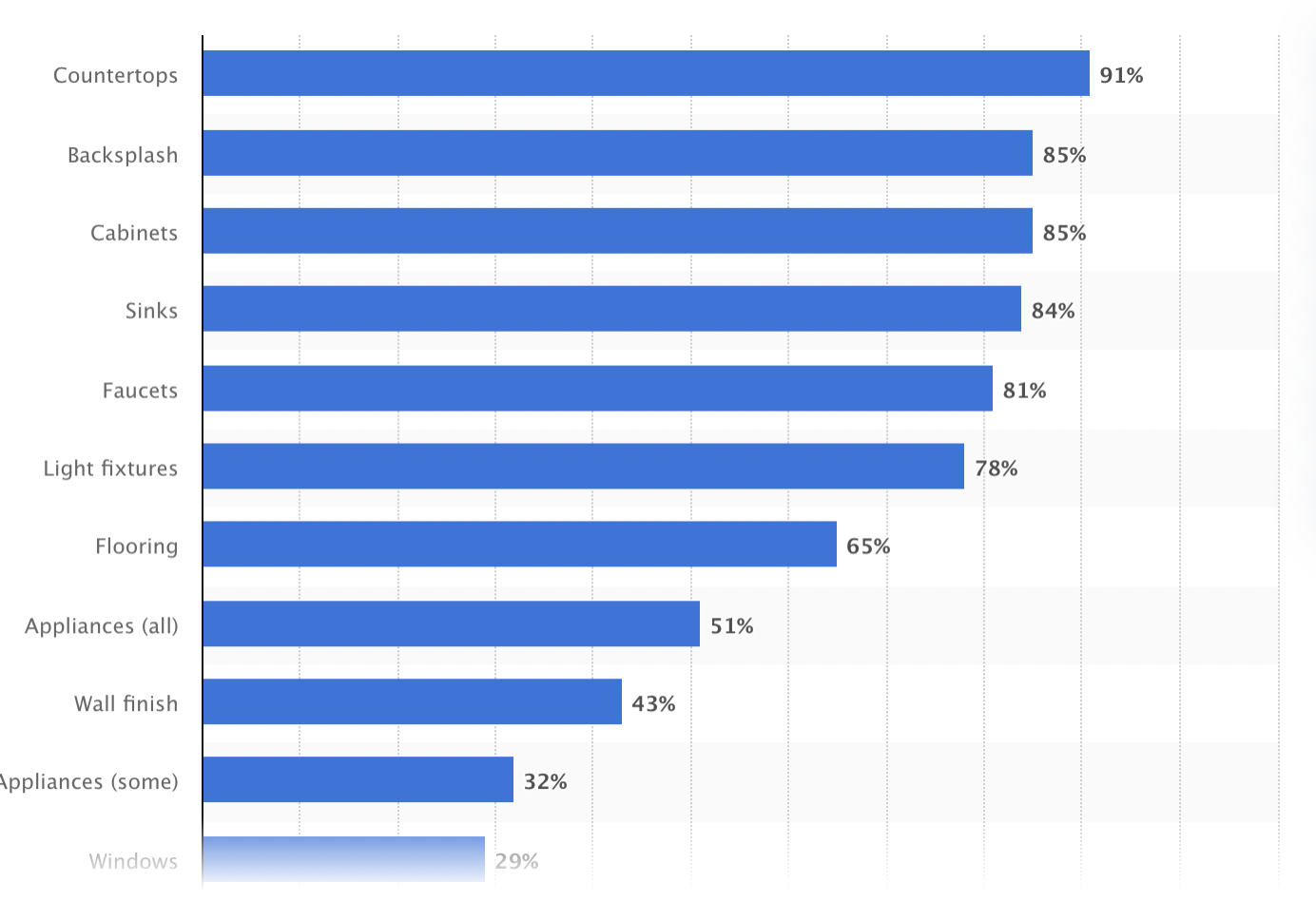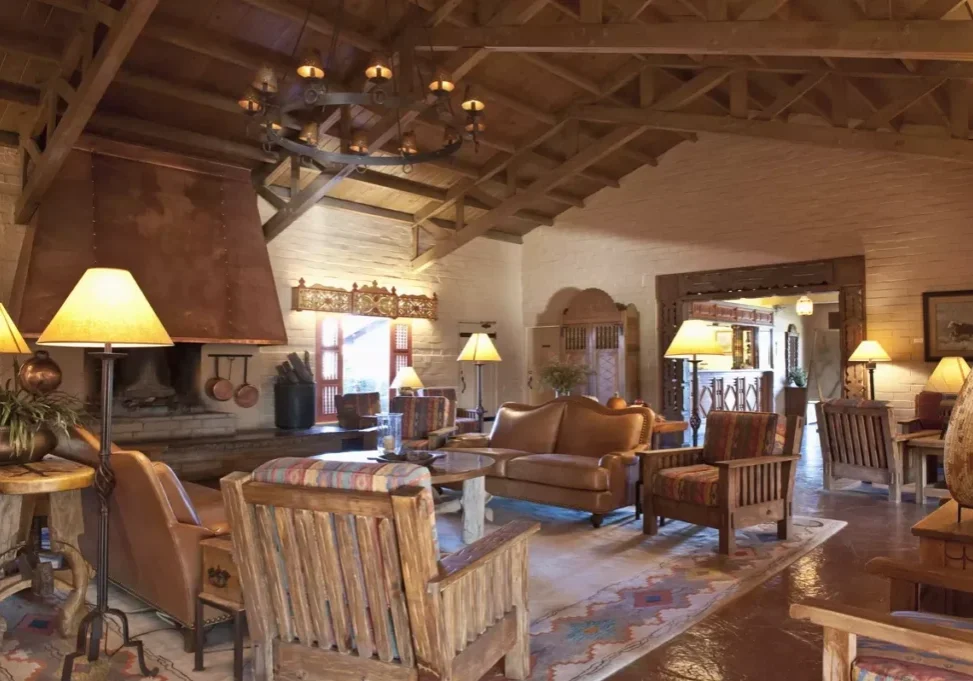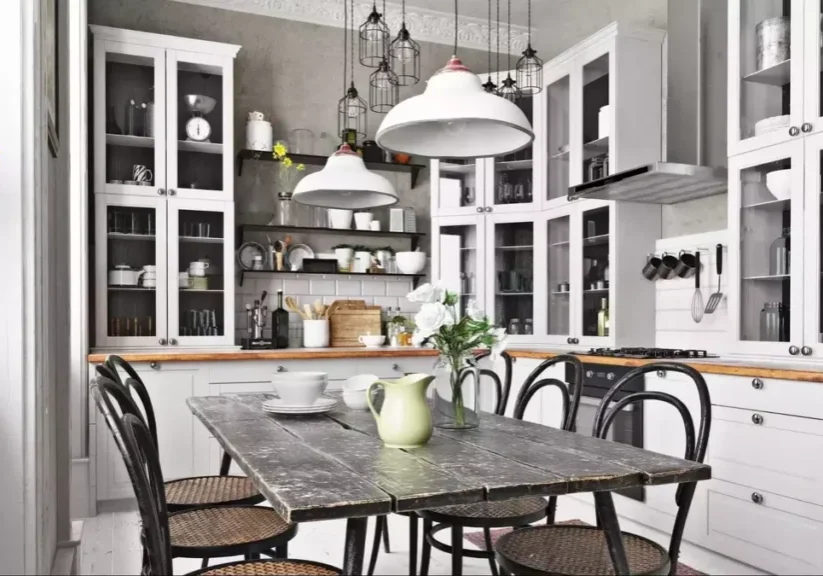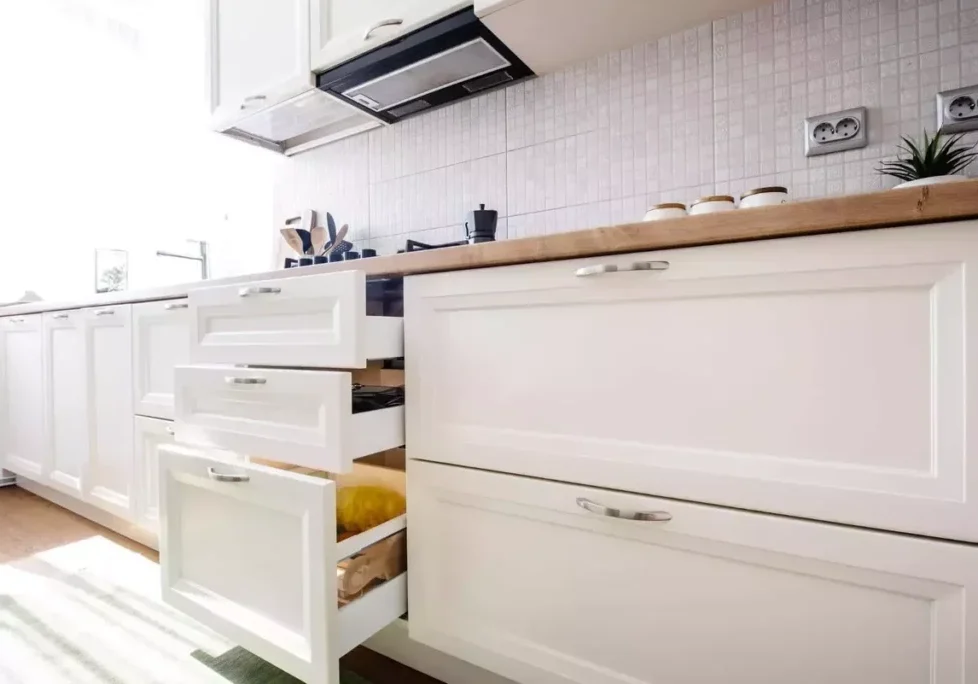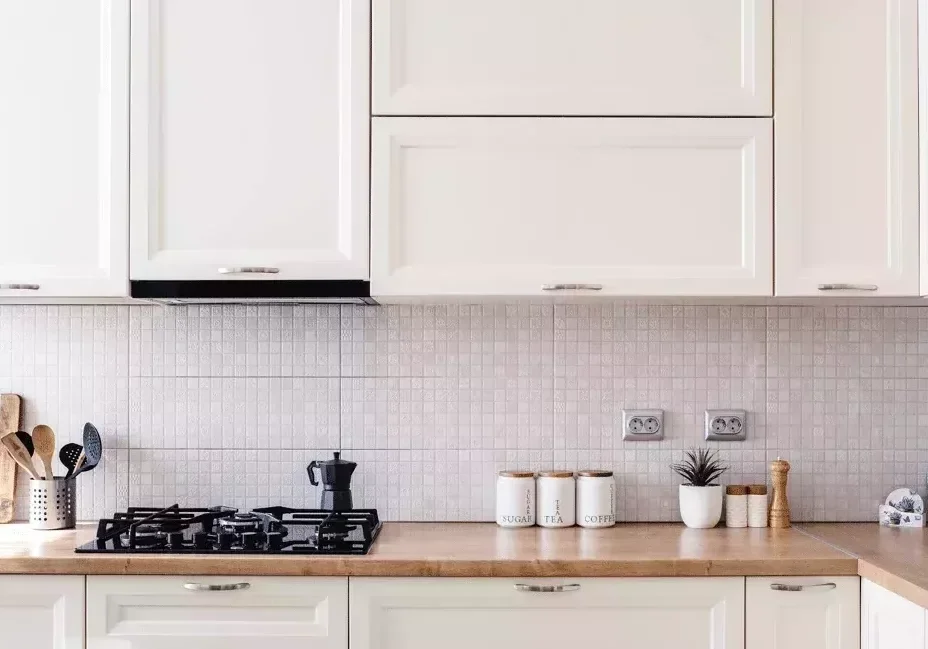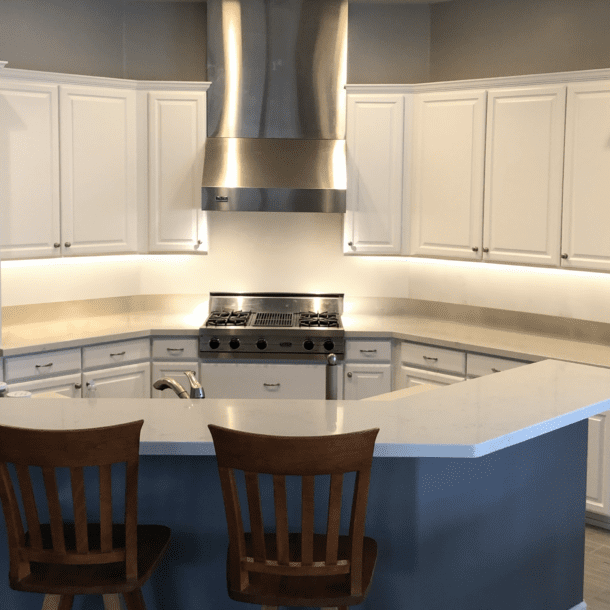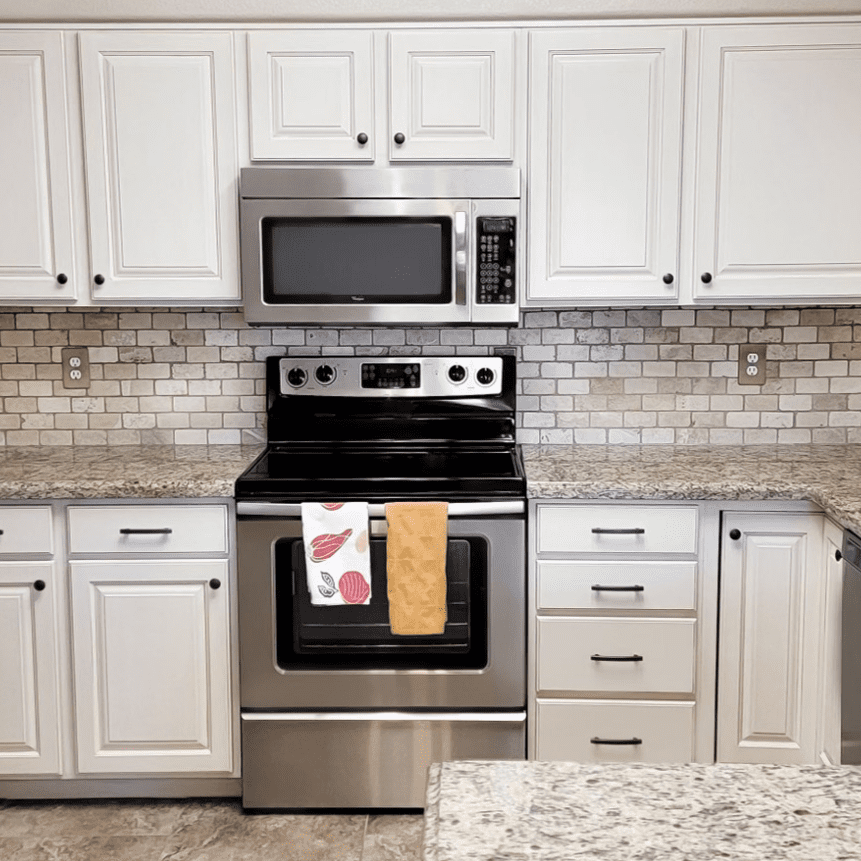Should You Use Conversion Varnish?
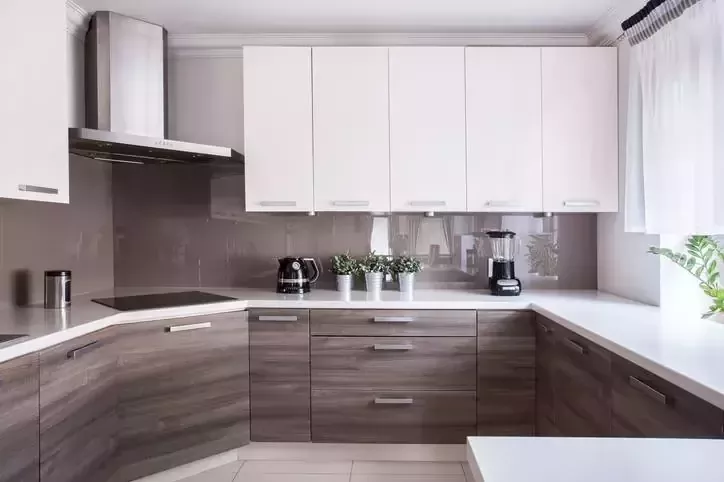
If you’re looking to remodel your kitchen or bathroom, you have many refinishing options to choose from for your wood cabinets, vanities, and countertops.
While conversion varnish is a common choice, our recommendation is that you go with a water-borne coating.
To explain why, in this article we’ll review:
Want a free quote to refinish or reface your cabinets? Contact us online or call (480) 641-9611, and we’ll send one of our cabinet experts to your home to give you a same-day, no-obligation quote.
What is conversion varnish?
Conversion varnish is a finish applied to wood cabinets that consists of two elements:
- The finish itself
- A hardening agent added just before the application
When the two elements are combined, a chemical reaction results in a clear, water-resistant finish.
Common uses for conversion varnish
Like lacquer and polyurethane, conversion varnish is a popular finish option for showing off the natural or stained wood of:
- Cabinets
- Bathroom vanities
- Kitchen countertops
We’ll explain how conversion varnish differs from other wood finish options.
Conversion varnish vs. lacquer vs. polyurethane
We’ll cover how conversion varnish differs from and is similar to two other common wood cabinet finishes: lacquer and polyurethane.
Differences
The most significant difference between conversion varnish and lacquer and polyurethane is that conversion varnish requires a hardening agent, while lacquer and polyurethane are single-element finishes that don’t.
Other differences between conversion varnish, lacquer, and polyurethane:
| Conversion varnish | Lacquer | Polyurethane | |
|---|---|---|---|
| Base options | Oil-based | Acrylic-based Water-based Nitrocellulose | Oil-based Water-based |
| Durability | Most durability | Least durability | Mid-range durability |
| Application process | Combined with a hardening agent and sprayed on cabinets | Sprayed on cabinets (doesn’t require hardening agent) | Can be applied to cabinets with a brush or sprayed on (spray method requires a thinning agent) |
| Coats required | 1 coat | Several coats | 1–2 coats |
| Dry time | Mid-range dry time | Shortest dry time | Longest dry time |
Similarities
Conversion varnish, lacquer, and polyurethane all:
- Have a smooth sheen. While the sheen can vary from matte to high-gloss (see below), all finishes will have a smooth texture.
- Resist water. When applied properly, all finishes will create a seal that prevents water from damaging the wood.
Plus, they all come in various:
- Sheens: All three finishes allow you to choose between a type of matte, glossy, or middle-of-the-road (like satin or semi-gloss) sheen.
- Tints: You can find just about any tint color you want with all three finish options—from pale gray or ebony to mahogany red or golden oak.
Why you should go with a water-borne coating over conversion varnish
At Cabinet Coatings, we want only the best finish for your cabinets. That’s why we use our water-based acrylic coating.
Our Phoenix cabinet experts recommend going with our water-borne coating over conversion varnish because:
- It’s more durable. Wood naturally expands and contracts in different temperatures and humidity levels. As it expands, the pressure can cause conversion varnish to crack. On the other hand, our water-based coating has more give and is guaranteed to not chip or crack for at least 5 years after application.
- It helps your cabinets last longer. Because conversion varnish is prone to cracking over time, water can get beneath the finish and damage the cabinets, which causes the finish to crack or flake further. Since our ultra-durable, water-resistant coating won’t crack or chip for at least 5 years, your cabinets will be resistant to water damage as long as the coating lasts.
- It’s easier to apply than conversion varnish. If you add too much or too little of the hardening agent, the conversion varnish won’t dry or harden properly, so it won’t be as durable as it should be. Plus, if the varnish is applied too thickly, it can crack when it hardens, which means it will have to be stripped from the cabinets to be applied again properly.
Need a quote to refinish your cabinets?
Contact us online or at (480) 641-9611 to schedule an appointment. We’ll discuss how you want to update your cabinets, so we can give you the best finish options for your kitchen or bathroom. Then, we’ll give you an upfront quote that same day to upgrade your cabinets.
For more details about our work, visit our cabinet refinishing or cabinet refacing pages.
Recent Posts
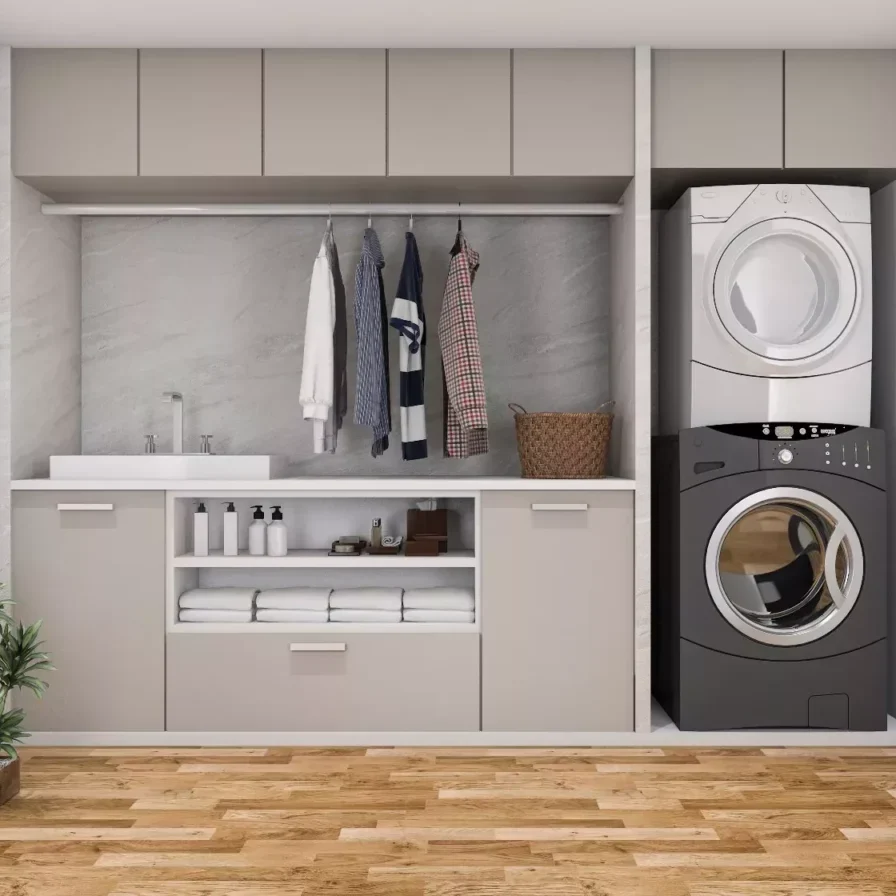
Laundry Room
A Laundry Room Makeover Has Never Been Easier Laundry Room Cabinet Refacing throughout Arizona Do you have big remodeling plans…
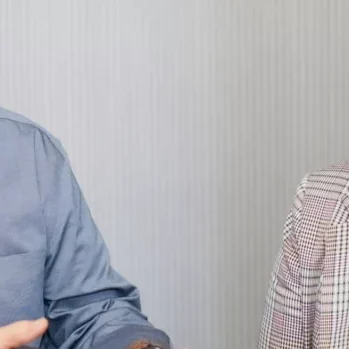
Kitchen
Enjoy the Kitchen Cabinets of Your Dreams for a Price You’ll Love Kitchen Cabinet Refacing throughout Arizona Experience a transformation…
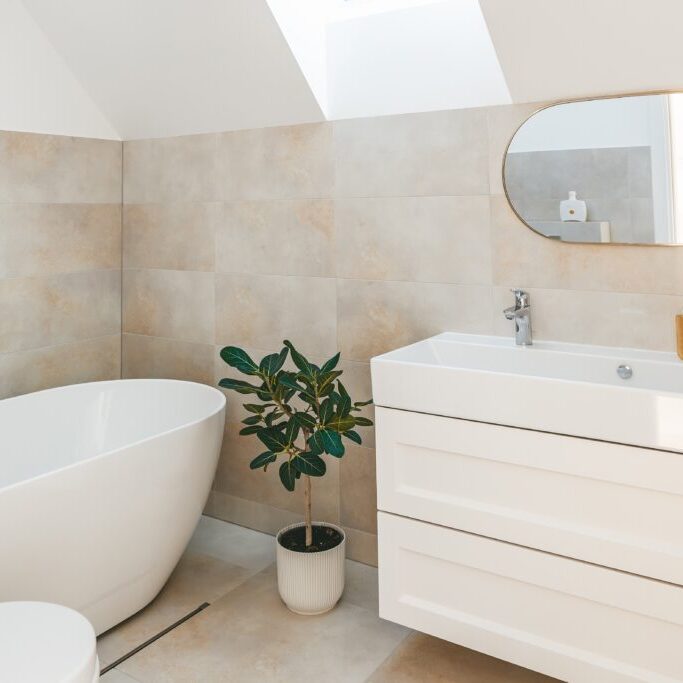
Bathroom
Update Your Bathroom Cabinetry for a Fraction of the Cost of Buying New Bathroom Cabinet Refacing throughout Arizona Breathe new…
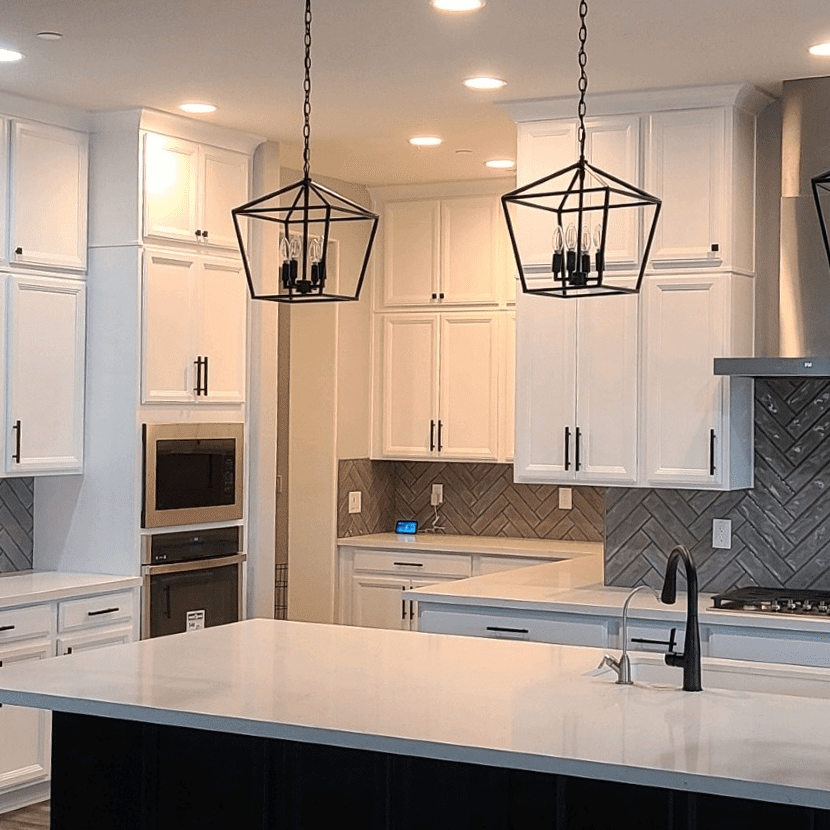
Cabinet Remodeling
A New Look Designed for Your Space. Cabinet Remodeling throughout Arizona Cabinet Coatings has been one of the Valley’s leaders…


